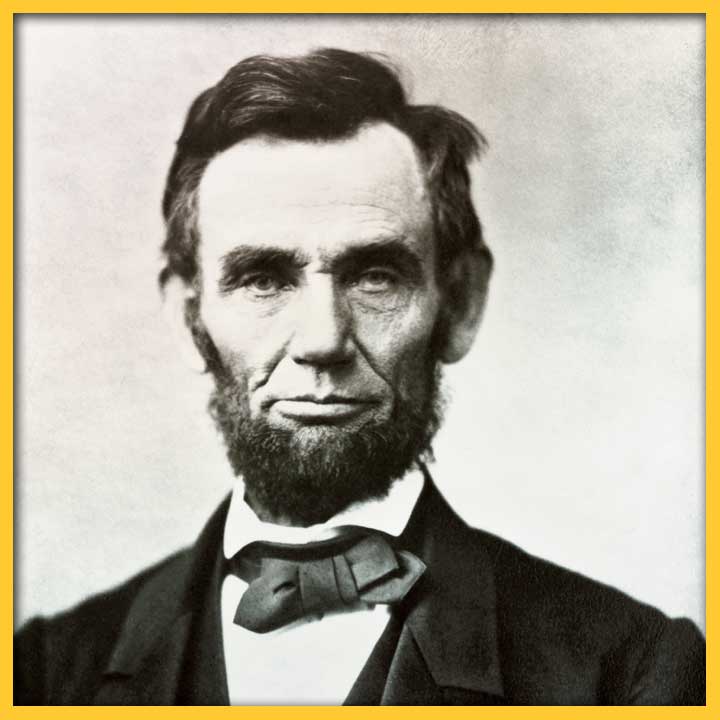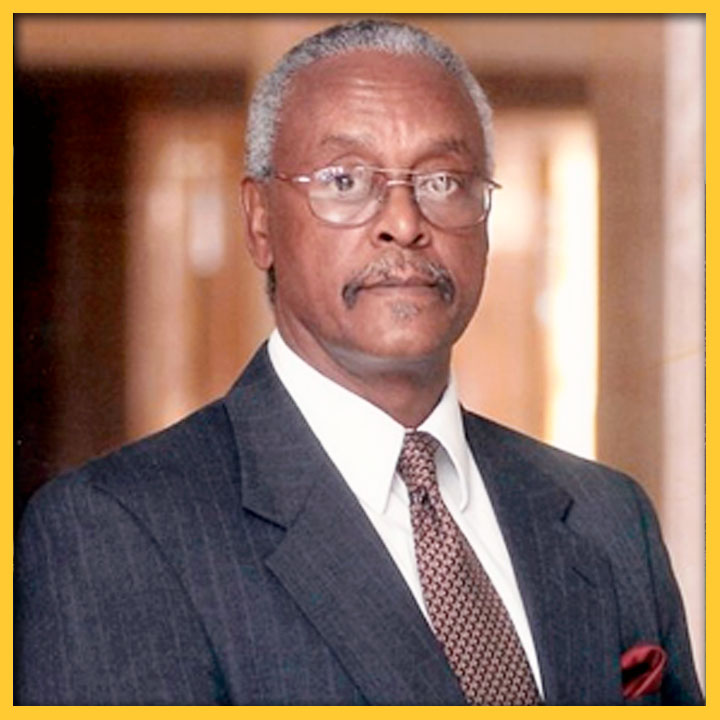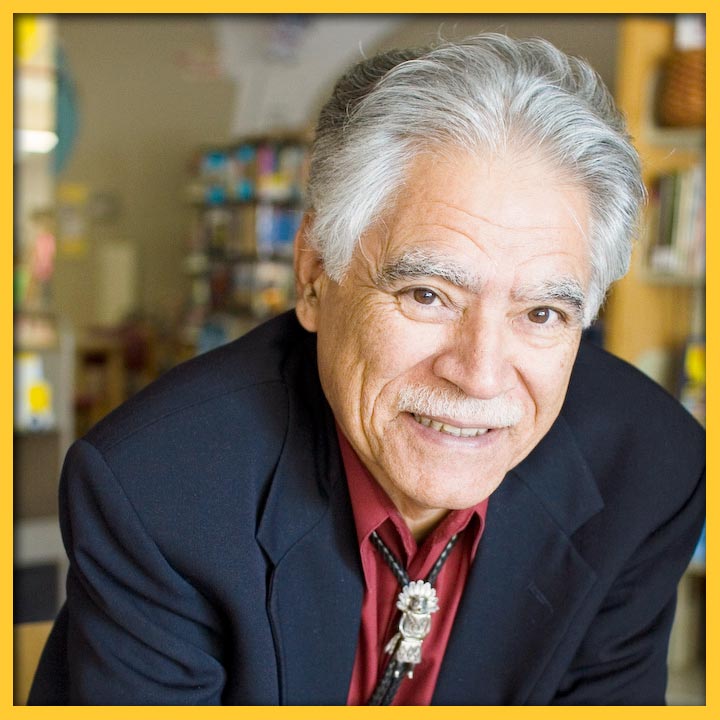
THE THIRTEENTH AMENDMENT THAT NEVER WAS
The 13th Amendment, guaranteeing the abolition of chattel slavery in the United States, is one of the crown jewels of the American Constitution.
PHOTO CAPTION: Abraham Lincoln head on shoulders photo portrait. Credit: WikiCommmons, Public Domain.
SHARE:
The 13th Amendment, guaranteeing the abolition of chattel slavery in the United States, is one of the crown jewels of the American Constitution. Bought with the blood of thousands of soldiers, including many born into slavery and emancipated through war, the amendment consists of a few simple lines of text: “Neither slavery nor involuntary servitude, except as a punishment for crime whereof the party shall have been duly convicted, shall exist within the United States, or any place subject to their jurisdiction. Congress shall have power to enforce this article by appropriate legislation.” Anyone who has seen Steven Spielberg’s historical film Lincoln (2012) has had a chance to see at least one interpretation of how the constitutional amendment “sausage”–the meat of antislavery idealism seasoned with emotional debate, shady backroom deals and hard politicking–was made. Thanks to Spielberg, screenwriter Tony Kushner, and the top-notch acting of Daniel Day-Lewis, Tommy Lee Jones, and David Strathairn (among other fine actors) many more Americans have a better idea of how our 13th Amendment came to be.
But how many Americans know about the “Other 13th Amendment”–the one narrowly approved by the 36th Congress in the final days of James Buchanan’s presidency that, had it been ratified by enough states, would have shielded the institution of chattel slavery in the South from Congressional oversight and the constitutional amendment process.
Under different conditions–the shifting of a few votes here, a little more patience with the political process there–could the United States have been saddled with the institution of slavery far beyond the 1860s? We don’t even have to embrace a sort of “Constitutional multiverse theory” to realize that things could have turned out differently. History is contingent, after all, with humanity’s course “rerouting” over and over again as wars are fought, nations rise and fall, and people make collective decisions about how they want to live.
The proposed amendment, nowadays tagged informally with the name of its Republican sponsor in the House of Representatives, Ohioan Thomas Corwin, was everything our fully-ratified 13th Amendment was not. Instead of uprooting slavery in the United States once and for all as the ratified amendment does, the Corwin Amendment would have made the “peculiar institution” practically unassailable in the states where it was still legal. “No amendment shall be made to the Constitution,” the document read, “which will authorize or give to Congress the power to abolish or interfere, within any State, with the domestic institutions thereof, including that of persons held to labor or service by the laws of said State.” It was designed to calm the fears of Southerners up in arms about Abraham Lincoln’s 1860s election, and to keep the states of the Upper South–Virginia, Arkansas, Tennessee and North Carolina–from seceding. (The states of the Deep South–South Carolina, Mississippi, Florida, Alabama, Mississippi, Georgia, Louisiana and Texas–had already left the Union between December 1860 and February 1861.) No need to worry, the amendment’s supporters telegraphed southward, we do not plan to disturb the practice of keeping slaves.
The proposed amendment’s path through Congress was bumpy, with some Republicans working against it because, they argued, it would perpetuate the enslavement of people meant by God and natural law to be free. Hopeful southern loyalists from the border states and moderates from the North, however, saw the amendment as a lifeline for restoring the Union, or at least a tool for tamping out the secessionist wildfire threatening to consume the Upper South. When it finally went to a vote in the House, the proposal cleared the requisite two-thirds threshold and passed over to the Senate. There, the amendment enjoyed the support of none other than Stephen A. Douglas of Illinois, who had lost the presidential election to Lincoln, but who had remained an influential figure on the national stage. Despite their combined power, he and other supporters of the Corwin Amendment were barely able to clear the two-thirds hurdle on the Senate floor in the early morning of March 4. A single vote lost would have doomed the effort.
With the amendment passed out of the Senate, the newly-minted Lincoln administration made sure to send it to the nation’s governors, including those whose states had already seceded. Kentucky, a border slave state eager to codify the protections promised in the amendment, quickly ratified it on April 4, 1861. Then war broke out eight days later and Virginia, North Carolina, Arkansas, and Tennessee voted to leave the Union. It was not until May that Ohio and Rhode Island cast their ratifying votes for the proposed amendment. The next year, Maryland followed, and then Illinois came along in 1863. No other states ratified the Corwin Amendment, and it became a dead letter. (Both Rhode Island and Ohio later rescinded their ratification votes.)
One of the historical ironies of this story is that the Corwin Amendment had at least the tacit approval of Abraham Lincoln. Before he became the Great Emancipator of modern American memory, Lincoln was a political moderate who campaigned for the presidency in 1860 on a platform of simply limiting slavery to the states where it already existed. In his inaugural speech, delivered only a few hours after the Corwin Amendment’s narrow early-morning approval by the Senate, Lincoln sought to reassure the nation by stating explicitly that he didn’t want to interfere with slavery. “I have no purpose, directly or indirectly,” he announced to his audience, “to interfere with the institution of slavery in the States where it exists. I believe I have no lawful right to do so, and I have no inclination to do so.” He also recognized the Corwin Amendment’s passage and declared that he had no objection to it being “made express and irrevocable.” “We are not enemies,” he reminded the nation (especially the people of the South), “but friends. We must not be enemies. Though passion may have strained it must not break our bonds of affection.”
The stakes of the Corwin Amendment were high. A fully-ratified amendment would arguably have strangled any attempt at equality for enslaved Americans in the proverbial crib. The three amendments we know now as the 13th, 14th, and 15th–respectively outlawing slavery, granting citizenship rights and equal protection under the law to formerly enslaved Americans, and extending voting rights to all regardless of “race, color or previous condition of servitude”–would no doubt have been seen as illegitimate from the moment they were proposed, because they were designed explicitly to interfere with slavery as a “domestic institution” where “persons [are] held to labor or service by the laws of” one or more states.
To my mind, however, the most important lesson to learn from the strange odyssey of the Corwin Amendment is this: the willingness of the North to placate the South with yet another compromise designed to safeguard slavery–namely, an “all-in” constitutional amendment liked the one Thomas Corwin proposed in 1861–proves that the key issue driving secession was, without question, slavery. More specifically, it was the freedom of the South to take slavery into the western territories that was at issue. As a promise of perpetual non-interference by the North in master-slave relations where slavery already existed, the “Other 13th Amendment” should have been the compromise-of-all-compromises for the South, yet the southern states rejected it, because it did not provide a “blank check” to slavery’s expansion into the territories. Americans should remember this point the next time proponents of the Lost Cause try to argue slavery was not a significant cause of the Civil War.
Sources:
Daniel W. Crofts, Lincoln and the Politics of Slavery: The Other Thirteenth Amendment and the Struggle to Save the Union (Chapel Hill: University of North Carolina Press, 2016)
PASA POR AQUÍ
ADDITIONAL BLOG ARTICLES

SCANNING FOR STORIES
It was a Friday afternoon in November and I was driving on a state road through the hills of the Mimbres Valley. The entire landscape was bathed in a golden hue because the tree leaves had made their full conversion to a bright yellow color just before falling off the branches.

REFLECTIONS ON THE LOSS OF A NEW MEXICO CIVIL RIGHTS LEADER
By Carlyn N. Pinkins, M. A.
“The Dr. Harold Baileys of the world should inspire us all to do what we can to leave our communities, our towns and cities – our great state – better places than we found them. While we do our part to create the Dr. Harold Baileys of the future, we should also strive to make sure that the Dr. Harold Baileys of our past and present are never forgotten.”

RUDOLFO ANAYA: CATCHING CULTURES IN BLESS ME, ULTIMA
By Richard Wayne Etulain
Anaya greatly expands the cultural contributions of his novel by combining the usual (Bildungsroman—growing up theme) with the unusual (complex, diverse New Mexico Hispanic culture)…
SHARE:
DISCLAIMER:
Any views, findings, conclusions or recommendations expressed in this blog post/article does not necessarily represent those of the New Mexico Humanities Council or the National Endowment for the Humanities.
ABOUT THE AUTHOR:

BRANDON JOHNSON
Brandon Johnson, a native of Utah, is the Executive Director of NMHC. He comes to NMHC from the National Endowment for the Humanities, where he served as Senior Program Officer in the Office of Challenge Grants.
